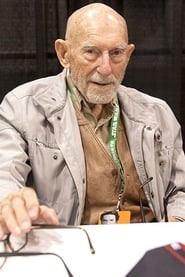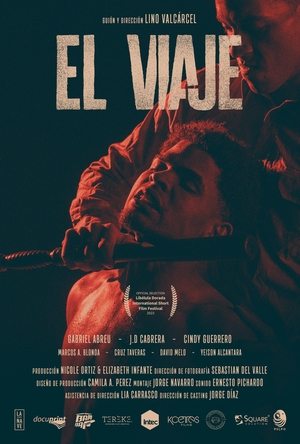

The War Prayer(2005)
"In 1904, disgusted by the aftermath of the Spanish-American War and the subsequent Philippine-American War, Mark Twain wrote a short anti-war prose poem called "The War Prayer." His family begged him not to publish it, his friends advised him to bury it, and his publisher rejected it, thinking it too inflammatory for the times. Twain agreed, but instructed that it be published after his death, saying famously: None but the dead are permitted to tell the truth."
Movie: The War Prayer
Top 3 Billed Cast
Video Trailer The War Prayer
Similar Movies
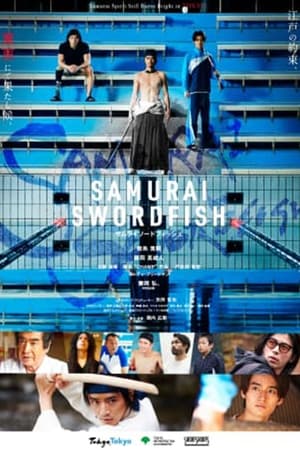 0.0
0.0Samurai Swordfish(ja)
Edo, 1863. Aisuke Kajiki, a young blind swordsman, is entrusted the son of his best friend Toramaru Sakakibara, who is about to join the Shogun's Samurai Unit and promises to train him well. However, after Toramaru's death in battle, Eisuke drowns in a river and is transported in time to present-day Tokyo. Eisuke and his descendant, Ryusei, a college student, go to meet Toramaru's descendant, Taiga, a swimmer. The blind samurai's promise to his best friend in Edo is fulfilled 160 years later in present-day Tokyo through para-swimming.
 4.0
4.0My Life for Ireland(en)
Ireland, Easter, 1916. In Dublin, Irish rebel Patrick Pearse leads a revolt to free Ireland from the grips of the British Empire. Owen, a young Irish patriot, wants to join them in their fight for freedom.
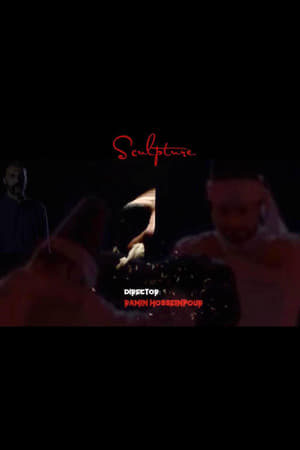 10.0
10.0Sculpture(fa)
Video art of sculpture is the real life story of Rumi (Mevlana) and Shams Tabrizi. Rumi and Shams are well known international poets of Persian language. One day, Rumi invites Shams Tabrizi to his house, Shams throws the book into the pool of water and Rumi is worried and Shams returns the book to Rumi without any trace of water. The lost half of the sculpture in the film is a representation of the same concept, in which the dance of Sama, the sculptor's mind and the role of the face are visible. "Sculpture" has won more than 57 International Awards, third place (semi-final) in called Flickers' Rhode Island International Film Festival (Academy Award ® Qualifying, BAFTA Qualifying, Canadian Screen Award Qualifying) , Crown Point International Film Festival(Chicago) ,Vegas Movie Awards,Global Shorts( Los Angeles),(US),Gold Star Movie Awards (US),One-Reeler Short Film Competition (US),Accolade Competition (US),Berlin International Art Film Festival and many other events.
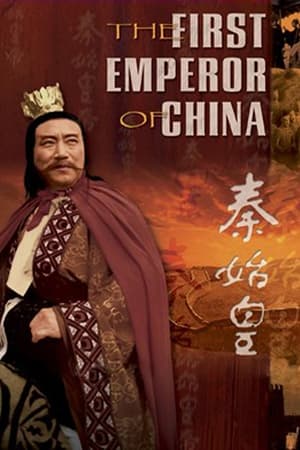 4.3
4.3The First Emperor of China(en)
This historical drama tells the story of Qin Shihuang, who unified China’s vast territory and declared himself emperor in 221 B.C. During his reign, he introduced sweeping reforms, built a vast network of roads and connected the Great Wall of China. From the grandiose inner sanctum of Emperor Qin's royal palace, to fierce battles with feudal kings, this film re-creates the glory and the terror of the Qin Dynasty, including footage of Qin's life-sized terra cotta army, constructed 2,200 years ago for his tomb.
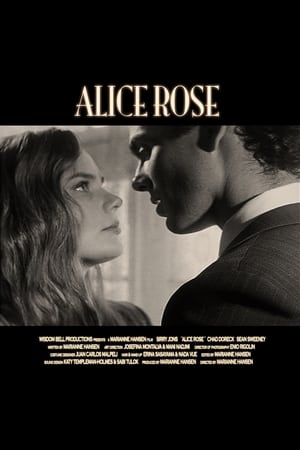 0.0
0.0Alice Rose(en)
A damsel in distress agrees to run away with her wealthy lover in order to escape from her abusive husband. But all is not as it seems in this 1940s film noir.
 0.0
0.0Mylène Farmer: Libertine(fr)
The action takes place in the middle of the 18th century in France. A young woman and the man prepared to enter into a duel with pistols, in the presence of woman in the red. Libertine kills a person and flees on a white horse, while the woman in red is threatening revenge.
 0.0
0.0The American Wake(en)
A seventeen year old girl who has lived all her life on an island off the coast of Ireland is faced with the choice to remain there or emigrate to America.
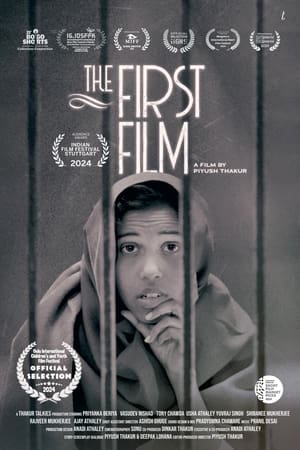 0.0
0.0The First Film(hi)
In a small town of 1960's India, where cinema is forbidden for women, a 14-year-old embarks on a quest to watch her first film.
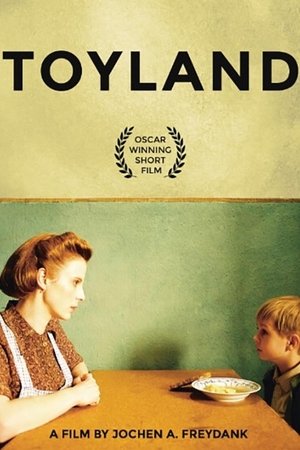 7.2
7.2Toyland(de)
On a winter morning, a mother goes to waken her son Heinrich; his bed is empty. She leaves her flat to find him. The neighbors' door, with a Star of David painted on it, is ajar, the furnishings in disarray, the family gone. She asks passersby, runs to the police then on to the rail yard. Flashbacks show that Heinrich and the neighbors' son Paul are six years old and best friends. Paul's family's deportation is expected soon; Heinrich's mother tells her son that they're going to Toyland. Heinrich wants to go with them, has a bag packed, and listens for their departure. His mother realizes he's joined them, and her resolve becomes more urgent. Will she arrive in time to save Heinrich?
 8.0
8.0Nikola Tesla - the Man from the Future(it)
New York, May 16, 1888. Visionary Serbian inventor Nikola Tesla is about to introduce an innovative AC asynchronous motor. Before the demonstration, wealthy businessman George Westinghouse meets Tesla privately to get him to sell him his patent and go into business with him. Tesla declines the offer but during the demonstration something happens that will change the world forever.
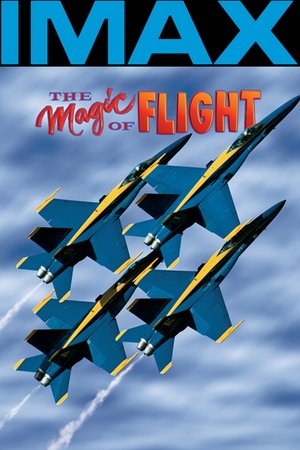 6.7
6.7The Magic of Flight(en)
Take a technological thrill ride The Magic of Flight takes you on a technological thrill ride faster, higher and wider than modern science or even your imagination! Relive the first flight of the Wright Brothers, then soar with the Blue Angels as they defy the laws of gravity. Narrated by Tom Selleck.
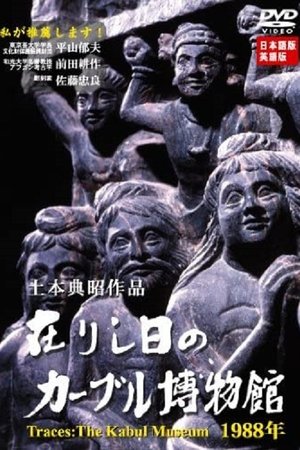 0.0
0.0Traces: The Kabul Museum 1988(ja)
The Kabul National Museum, once known as the "face of Afghanistan," was destroyed in 1993. We filmed the most important cultural treasures of the still-intact museum in 1988: ancient Greco-Roman art and antiquitied of Hellenistic civilization, as well as Buddhist sculpture that was said to have mythology--the art of Gandhara, Bamiyan, and Shotorak among them. After the fall of the Democratic Republic of Afghanistan in 1992, some seventy percent of the contents of the museum was destroyed, stolen, or smuggled overseas to Japan and other countries. The movement to return these items is also touched upon. The footage in this video represents that only film documentation of the Kabul Museum ever made.
 7.5
7.5Poilus(fr)
A young hare named Ferdinand is playing the harmonica before the battle. Soon the signal for attack will be given, and Ferdinand will face the terrible enemy on the battlefield.
Translating History to Screen(en)
Translating History to Screen (2008) Video Short - 10 June 2008 (USA)
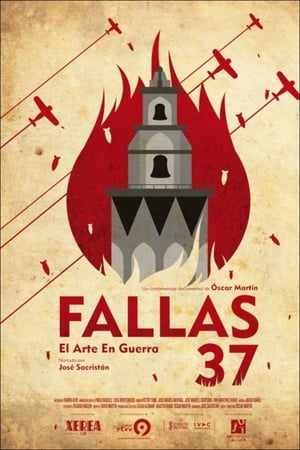 6.0
6.0Fallas 37: el arte en guerra(es)
In November 1936, a few months since the beginning of the Spanish Civil War, the government of the Second Republic moves to Valencia. In this situation, several Valencian artists and intellectuals decide to build four fallas — satirical plasterboard sculptures created to be burnt — to mock fascism.
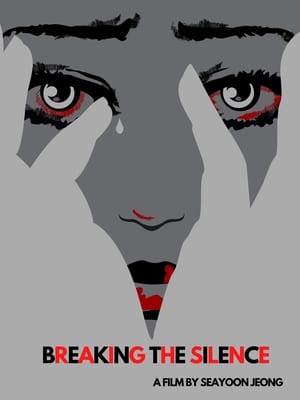 8.0
8.0Breaking the Silence(en)
Francesca, tormented by her past, breaks the silence to talk about surviving the horrors of the comfort stations of Imperial Japan.
 0.0
0.0Trauma(en)
On the London Underground, a young man relives past traumas as he endures the sensory overload of rush hour, only to look up and see a young woman at the end of the carriage going through the same PTSD symptoms. Their recognition of each other's condition allows them a moment of peace before the train jolts them back into reality and she disappears at the next platform.
